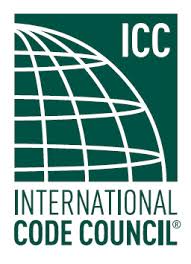The most common type of water filtration used in residential construction is the whole-house system. As the name implies, a whole-house system begins filtering the water at the point it enters the building. These systems typically consist of a large canister and replaceable cartridge filter. The least expensive filter type is pleated paper, which is designed primarily for trapping sediment. Although inexpensive, pleated paper has a tendency to degenerate if kept in use for an extended period. This results in debris migrating through the supply lines and clogging faucet aerators as well as clothes washer screens.
A better choice is the string cartridge, which consists of a durable polypropylene cord wound around a rigid polypropylene core. In addition to trapping sediment, these units also filter out sand, silt, rust, and scale, and are relatively inexpensive. A step up from the string cartridge is the carbon filter. This type removes all of the previously mentioned contaminants, as well as improves the taste and smell of the water by removing chlorine and organic compounds. However, carbon filtering comes at a price, since the filter is not only more expensive than paper or string, but because it also needs to be changed more often.
Tip!
Whatever filter you choose, be aware that all filters are rated in microns. This refers to the size of the contaminants they are capable of removing, with one micron being the equivalent of one thousandth of a millimeter. Typically filters are rated between 0.5 and 50 microns. While lower numbers equal better filtering, keep in mind that they also clog more quickly than filters with higher micron ratings.


